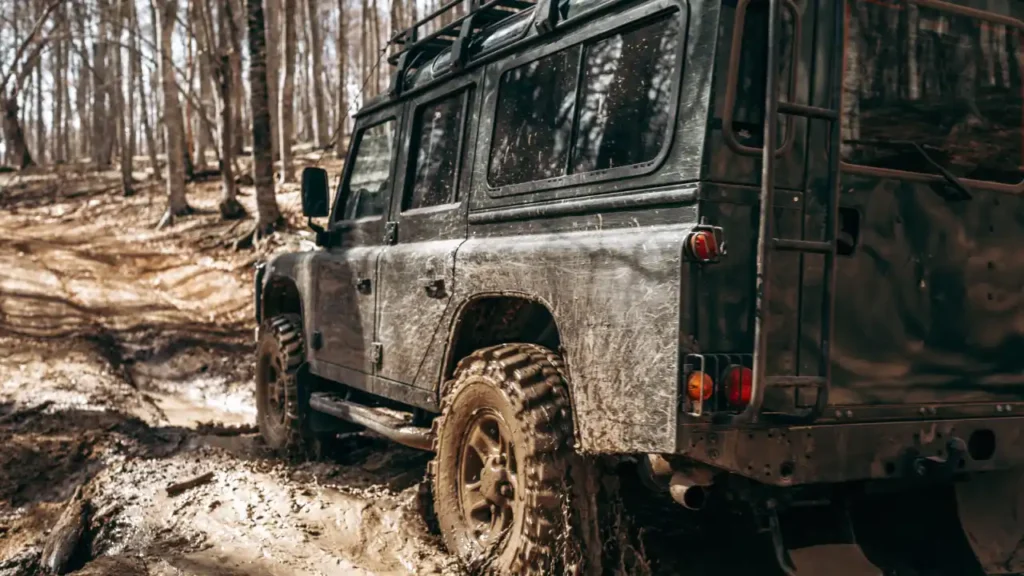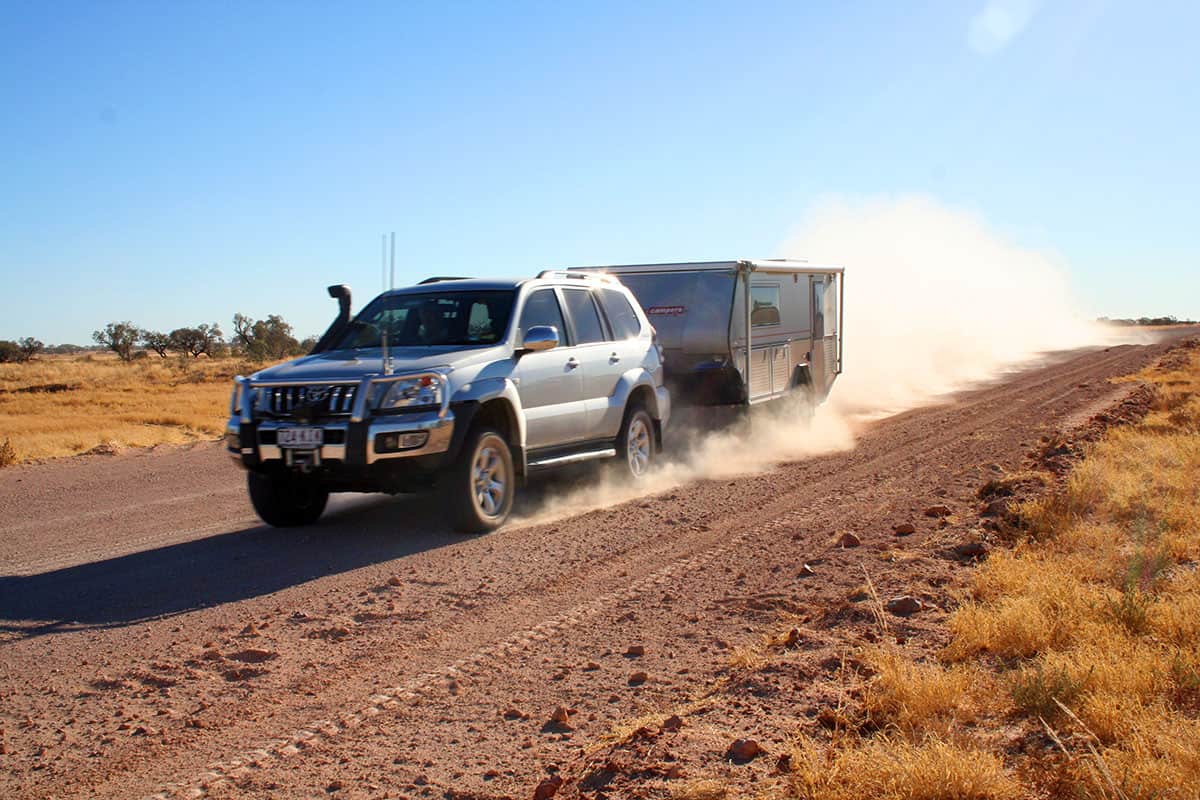
Free monthly entries to ALL giveaways
+1 every month
+5 every month
+10 every month
5%
125
150
350
100
100
50
Cancel membership anytime
Terms apply
apply

Written by
Admin
Published
August 20, 2024
Imagine you’re deep in the Australian outback, where the rugged landscape unfolds before you with each turn of your wheels. Overlanding, the fusion of off-roading and camping, has seen a significant boost in enthusiasm and engagement worldwide. As adventurers set off to explore remote vistas, one innovation shaping their experience is Vehicle-to-Load (V2L) technology. This groundbreaking feature not only changes how we approach overlanding but also redefines the boundaries of our adventures. Let’s delve into what V2L technology is and how it can revolutionize your outdoor escapades.
V2L technology allows an electric vehicle (EV) to discharge power from its battery to external devices or appliances. Essentially, your vehicle becomes a mobile power bank, capable of sharing its stored energy to power anything from a portable fridge to essential camping gear. The implications of this for overlanders are substantial. No longer is there a need for a separate generator; your vehicle can keep your gadgets running seamlessly.
Recent years have seen a steady growth in the integration of V2L technology in new EV models. For instance, data from the Electric Vehicle Council of Australia suggests a positive trend, with a 200% increase in EV sales in 2021 compared to the previous year. Many of these modern vehicles come with V2L capabilities, highlighting the market’s shift towards multifunctional use of electric power.
V2L technology introduces a swath of benefits to the off-road traveler. Firstly, it reduces the overall gear load, allowing adventure enthusiasts to travel lighter without sacrificing the comforts of home. Having an all-in-one source of power also simplifies the setup process at campsites, giving you more time to enjoy your surroundings. Moreover, since electric vehicles are environmentally friendly, V2L contributes to a more sustainable approach to overlanding.
According to market analysis, the demand for accessories and gear incorporating V2L compatibility is skyrocketing, signaling a paradigm shift in consumer preferences. Companies like Dometic and Goal Zero are leading the charge, offering a range of products that effortlessly integrate with V2L technology.
For those looking to harness the potential of V2L, research is paramount. Newcomers to EVs with V2L technology should understand their vehicle’s capabilities and limitations, such as wattage output and battery life. Equipping oneself with efficient appliances that are V2L-compatible will maximize your vehicle’s energy utility.
As more adventurers adopt V2L technology, it’s projected that innovations in both electric vehicles and overlanding gear will continue to grow. In a trend reported by the Global Overlanding Vehicle Market, there is an increasing preference for vehicles that offer utility, comfort, and technological prowess, aligning perfectly with what V2L technology brings to the table.
In conclusion, V2L technology is more than just a convenience; it’s a game-changer for outdoor enthusiasts. By integrating your vehicle’s power with your camping needs, you open up a new dimension of exploration. As technology evolves, so will the experiences of overlanders, making each journey more thrilling and less tethered to the limitations of the past.